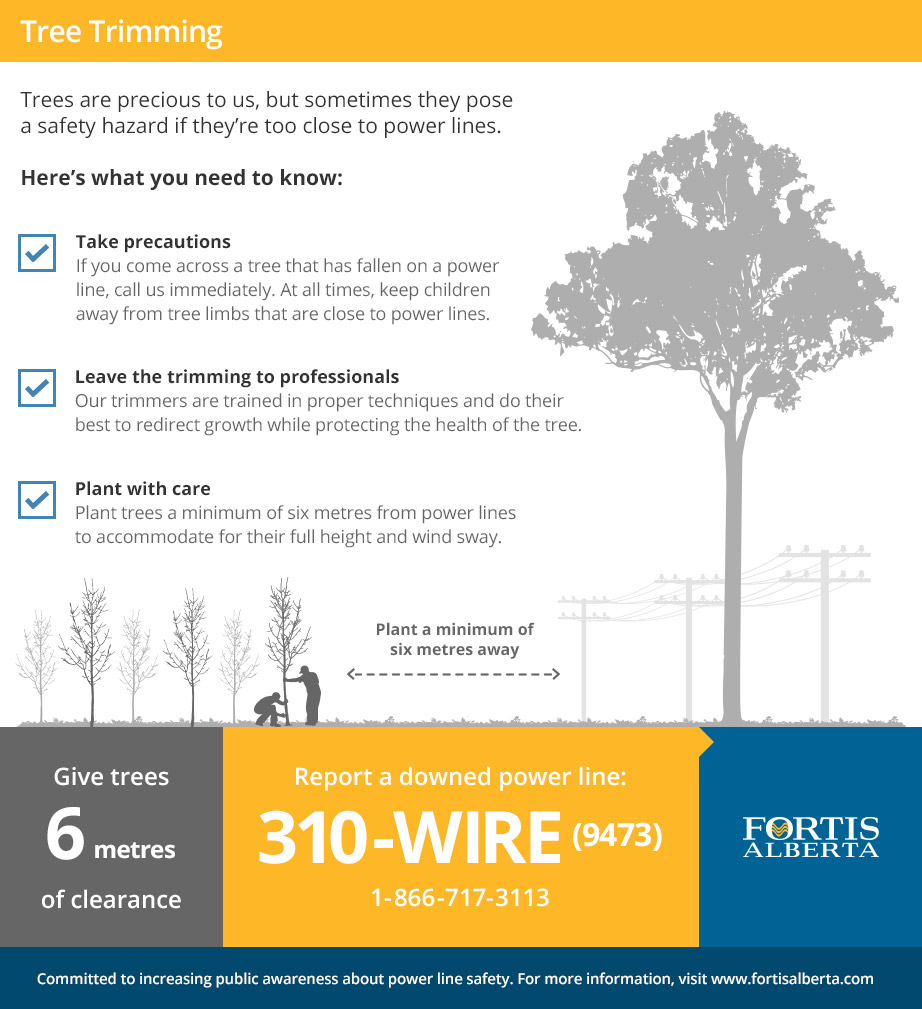Post-Tree Removal Treatment: Just How To Restore Your Landscape Successfully
Post-Tree Removal Treatment: Just How To Restore Your Landscape Successfully
Blog Article
Material Author-McMillan McCollum
After a tree's removal, your landscape may look quite various, and it's vital to assess the after-effects thoroughly. You'll want to evaluate the soil disturbance and inspect surrounding plants for any type of indicators of anxiety. Neglecting these elements can lead to larger problems down the line. So, what should you make with those stumps and roots? And how do you choose the most effective plants for your rejuvenated space? Let's discover these essential steps.
Analyzing the Results: Examining Your Landscape
After a tree elimination, it's vital to examine your landscape to comprehend the influence it carries your yard.
Beginning by checking out the area where the tree stood. Look for signs of dirt disturbance, and examine the bordering plants for any anxiety or damage.
You ought to also remember of how the elimination has altered sunshine direct exposure and air flow in your garden. This change can influence the growth of neighboring plants, so it's important to evaluate their wellness.
Consider the visual aspects too; the removal might develop an open space that you can redesign.
Finally, think of any type of possible erosion concerns that might develop from the tree's lack. Attending to these variables early will assist bring back balance to your landscape.
Taking care of Stumps and Origins: Alternatives for Elimination
Once you have actually analyzed the consequences of the tree removal, you'll likely require to deal with the stump and origins left behind.
You have a couple of alternatives for removal. One reliable technique is stump grinding, where a specialist makes use of a maker to grind the stump down to underground level. This strategy leaves minimal disruption to your landscape.
If you like a do it yourself technique, you can utilize a combination of digging and chemical stump eliminators. Simply keep in mind, this process can take time and effort.
Additionally, take into consideration leaving the stump as a natural function, which can function as a special yard component or environment for wild animals.
Whatever you select, resolving the stump and origins is necessary for recovering your landscape.
Picking the Right Plants for Your New Area
As you assess your freshly removed area, choosing the right plants can significantly boost your landscape's elegance and performance.
Start by considering the sunshine and soil conditions. For Trimmed Pear Tree , choose drought-resistant plants like lavender or succulents. In shaded places, brushes and hostas flourish well.
Think about the dimension and development behaviors of your plants; mix perennials and annuals for seasonal range. Don't neglect to integrate indigenous types; they call for less upkeep and support neighborhood wildlife.
Group plants in weird numbers for an extra all-natural look and produce layers for aesthetic deepness.
Finally, guarantee you have a mix of colors and structures to maintain your landscape vibrant throughout the periods.
https://killing-a-tree-with-bleac83726.blogrelation.com/41561989/tree-stump-elimination-reliable-techniques-for-a-safe-and-effective-yard-clean-up growing!
Conclusion
To conclude, restoring your landscape after tree elimination is a fulfilling process. By examining the consequences, addressing stumps and roots, and picking the right plants, you'll create a flourishing environment. Don't forget to incorporate erosion control measures to shield your soil. With a little initiative and care, you can change your area into a vibrant garden that improves your home. Accept the chance to invigorate your landscape and delight in the charm of nature right in your backyard!
